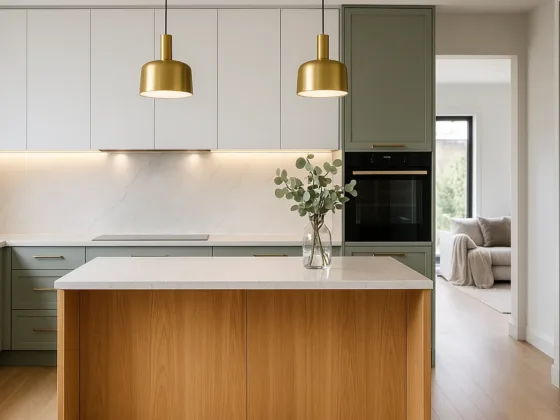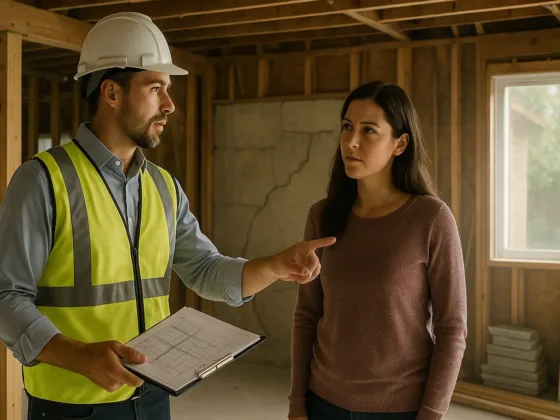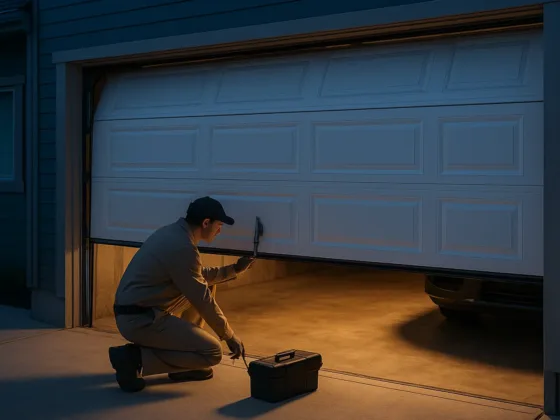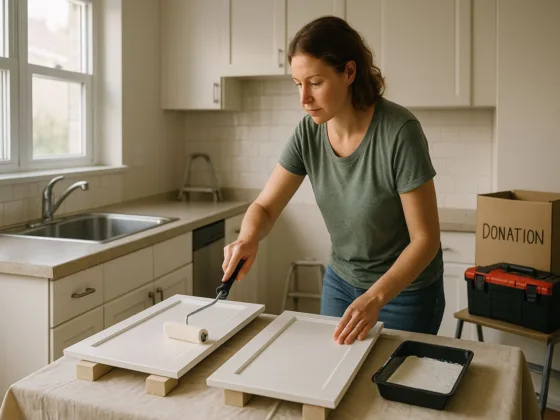Table of Contents Show
Switching to solar isn’t just about picking the right panels—it’s about how you mount them. Think of the mounting system as the backbone of your array: it keeps panels secure, makes sure they catch as much sunlight as possible, and protects your investment against the unpredictable UK climate.
And here’s the thing—choosing the right mounting method can make or break your system’s efficiency. Ever wondered whether your roof is really up to the job, or if a ground setup might quietly outperform it? This guide unpacks the major options, their pros and cons, the technical details people often overlook, plus case studies and installer insights from across the UK.
Quick Comparison of Solar Mounting Systems
| Mounting Type | Space Needs | Structural Load | Angle Flexibility | Cost Level | Ideal Use Case |
|---|---|---|---|---|---|
| Roof-Mounted | Low | Must confirm rafters can handle ~15–20 kg/m² | Fixed to roof pitch | £ | Urban/suburban homes with limited land |
| Ground-Mounted | High | Anchored frames; soil stability crucial | Fully adjustable | ££ | Rural homes, farms, large properties |
| Pole-Mounted | Medium | Requires reinforced poles & deep foundations | Adjustable / tracking possible | £££ | Off-grid or high-efficiency rural setups |
| Solar Carports | Medium | Structure must handle cars + panels | Adjustable | £££ | Businesses, schools, shared housing |
| Tracking Systems | High | Heavy-duty supports; moving parts | Single or dual-axis | ££££ | Solar farms, commercial projects |
| Hybrid | Mixed | Depends on combination chosen | Flexible | ££–£££ | Large diverse sites with mixed energy needs |
1. Roof-Mounted Solar Systems
For most homeowners, the roof feels like the obvious place to start. Installers secure panels directly to the rafters using a lightweight racking system.
- Why it works: It’s affordable, doesn’t steal garden space, and keeps everything neat.
- Where it struggles: Roof angles aren’t always ideal—UK roofs often tilt at 35–45°, while the solar sweet spot is closer to 30°. And if your roof is tired or fragile, reinforcement may be needed first.
Technical Details
- Structural load: Panels add ~15–20 kg per m². Older roofs may need an assessment before installation.
- Inverter pairing: String inverters are the norm, but shaded roofs benefit from micro-inverters or optimisers.
- Regulations: Usually “permitted development,” as long as panels don’t protrude above the ridge (UK Government Guidance).
Case Study: A 4kW Roof-Mounted System in Bristol
One Bristol family fitted a 4kW roof system in 2023. Despite nearby chimneys casting shade, the array produced 3,700 kWh in its first year—enough to cover nearly 60% of their electricity needs.
The homeowner admitted: “I thought shade would kill performance, but the micro-inverters saved the day. Honestly, the roof’s now working harder than ever.”
✅ Key Takeaway
Roof-mounted systems are the go-to for UK homes—cost-efficient and space-saving. Just be sure your rafters are strong and consider micro-inverters if shade is an issue.
2. Ground-Mounted Solar Systems
Got spare land? A ground system may outshine your roof. Installers place panels on anchored frames, tilted for maximum sunlight.
- Pros: Easy to clean, safe to service, and can be angled perfectly.
- Cons: Eats up space and usually costs more than roof setups.
Technical Details
- Foundations: Soil conditions matter—screw piles are common for sandy soils, while clay usually needs concrete bases.
- Cabling: Because panels sit further from the home, cabling must be thicker to reduce voltage drop.
- Cost: Expect £1,200–£1,600 per kWp (Energy Saving Trust).
Case Study: A 15kW Ground-Mounted System on a Farm in Kent
A Kent farm installed a 15kW system across half an acre. It generated 15,500 kWh in year one and proved 20% cheaper to maintain than roof systems because cleaning was simpler. Extra power was sold via the Smart Export Guarantee (SEG).
👉 For a side-by-side look, see: ground vs roof-mounted solar systems.
✅ Key Takeaway
Ground-mounted systems deliver top efficiency and simple upkeep, but they’re best suited to properties with space, stable soil, and a healthy budget.
3. Pole-Mounted Solar Systems
Pole mounts raise panels above the ground, freeing up land underneath for other uses. They’re less common but surprisingly practical in rural areas.
- Upside: Adjustable angles and optional sun tracking.
- Downside: Higher cost, bulkier look, and reinforced bases are a must.
Technical Details
- Wind load: Elevated panels face strong wind uplift. Poles need deep, reinforced foundations.
- Planning: Coastal and high-wind regions may require approval.
- Costs: Generally higher due to materials and heavy groundwork.
✅ Key Takeaway
Pole-mounted systems maximise sunlight and flexibility, but they’re visually intrusive and costly, making them a niche choice for rural or off-grid sites.
4. Solar Carports
Why not let your parking space work for you? Solar carports protect vehicles while generating clean power.
- Why it’s clever: Double duty—shade + electricity.
- Who it helps: Retail parks, schools, and housing complexes.
- Catch: Engineering is pricier than roof or ground setups.
Technical Details
- Structural load: Must handle both panel weight and UK snow/wind loads.
- Integration: EV chargers often built-in, raising upfront cost but future-proofing the system.
- Planning: May need council approval depending on size/design (UK Government Guidance).
✅ Key Takeaway
Solar carports turn parking areas into power plants—ideal for businesses and multi-home sites, though not the cheapest option.
5. Tracking Systems
If efficiency is king, tracking systems wear the crown. Panels rotate to follow the sun, squeezing out 25–40% more energy (IEA).
- Why they shine: Extra efficiency makes them pay off for large-scale users.
- Why rare at home: Expensive, more moving parts to maintain.
Technical Details
- Types: Single-axis (east–west) or dual-axis (east–west + north–south).
- Maintenance: Motors need lubrication and replacement parts over time.
- Inverter design: Must handle fluctuating panel output.
✅ Key Takeaway
Tracking systems offer the highest performance boost, but they’re too costly and complex for most homes—best for solar farms.
6. Hybrid Systems
Some sites don’t fit one mould. Hybrid setups mix roof, ground, and carport systems to maximise output.
Insights from a Local Installer
MCS-certified installer Mark Hill (Manchester) puts it plainly:
“We see lots of 1930s terraces where the roof just isn’t strong enough. Instead of walking away, we suggest hybrids—put what you can on the roof, then add a ground or pole system in the garden. It keeps costs realistic without sacrificing performance.”
Technical Details
- System balancing: Hybrids often need inverters with multiple MPPTs to manage arrays at different angles.
- Energy strategy: Tailored for large energy users with varied property layouts.
✅ Key Takeaway
Hybrid systems unlock every available square metre of your property, making them a strong choice for businesses and farms.
UK Market Trends (2025 Snapshot)
- 72% of UK households still prefer roof systems (Energy Saving Trust, 2024).
- Ground systems grow fastest in Wales and South West England.
- Solar carports projected to grow 18% annually by 2026 (Solar Energy UK).
FAQs
Roof systems rarely need it, but ground and carports sometimes do (UK Government).
Roof-mounted: £800–£1,200 per kWp (Energy Saving Trust).
25–30 years, often longer than the panels themselves.
Roof systems or carports—they save ground space.
Final Thoughts
There’s no one-size-fits-all answer. Picking the right mounting system comes down to budget, space, structural conditions, and long-term energy goals. Roofs are practical and cheap, ground systems are flexible, and carports or hybrids unlock clever new possibilities.
Whatever you choose, always work with an MCS-certified installer. As the Energy Saving Trust points out, solar remains one of the smartest investments a UK homeowner can make—your mounting system simply makes sure you get the best return.
👉 Save this pin to your Home Energy or Sustainable Living board for later inspiration!











